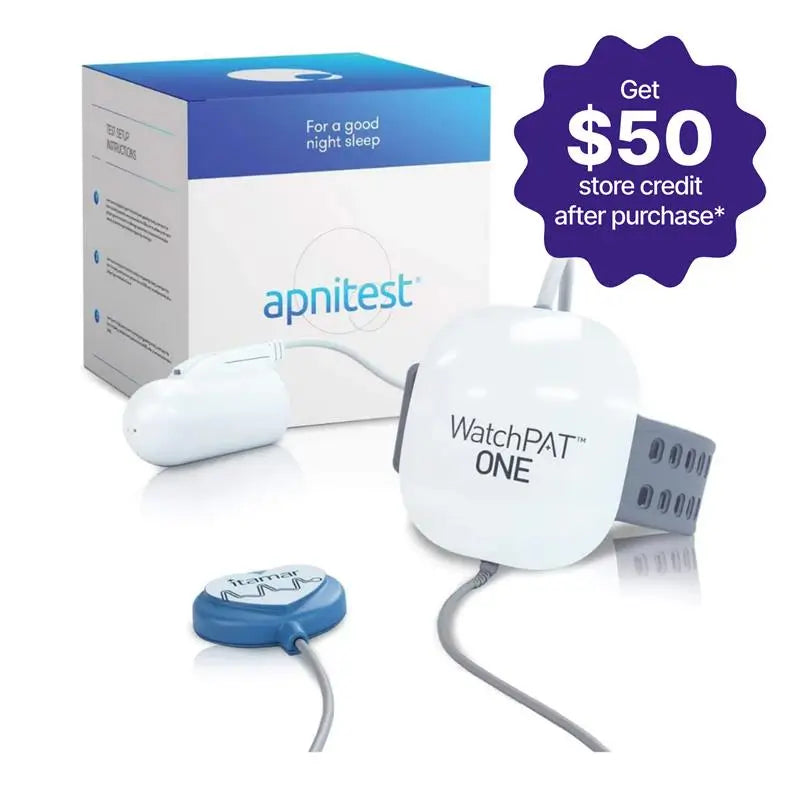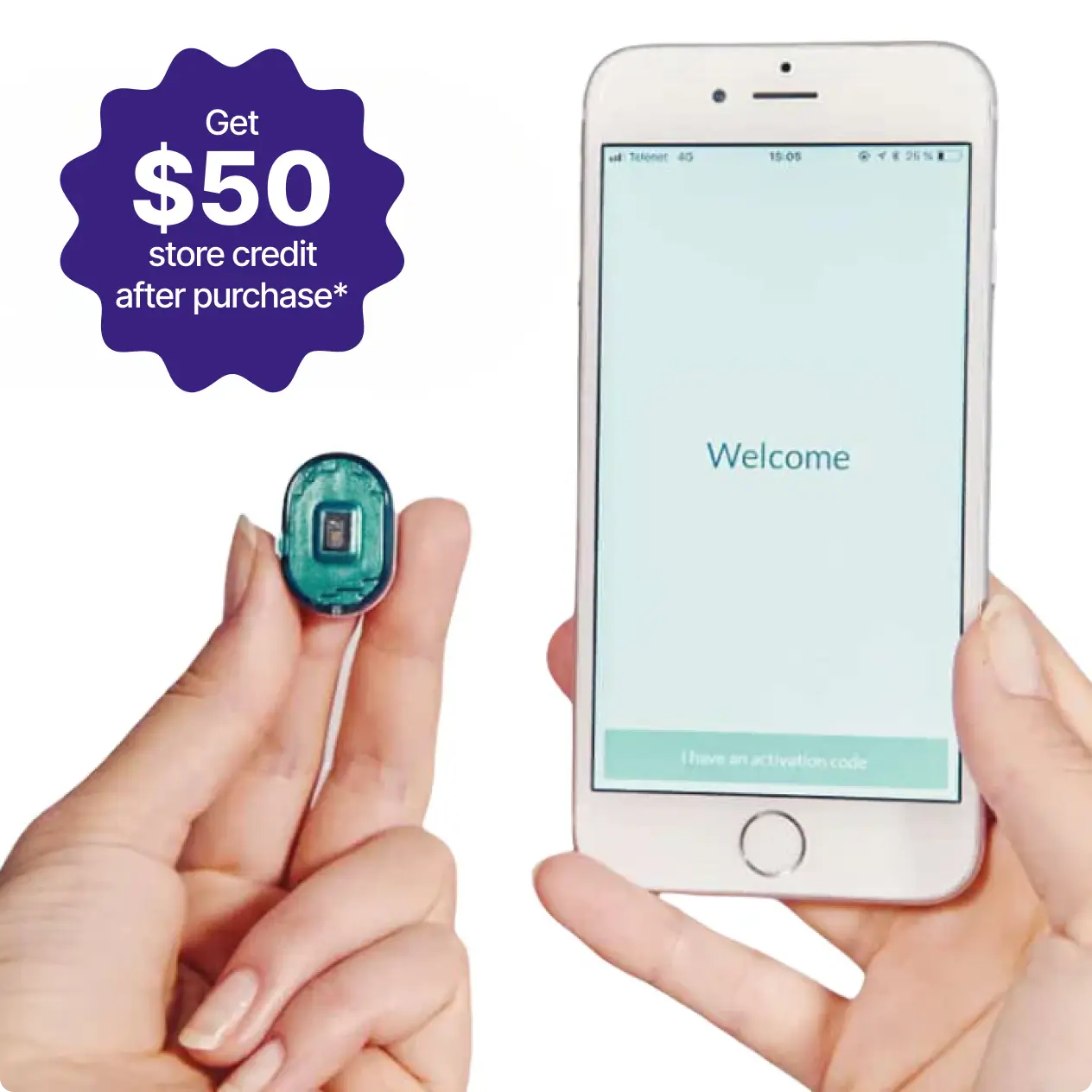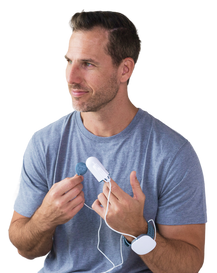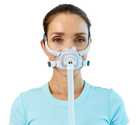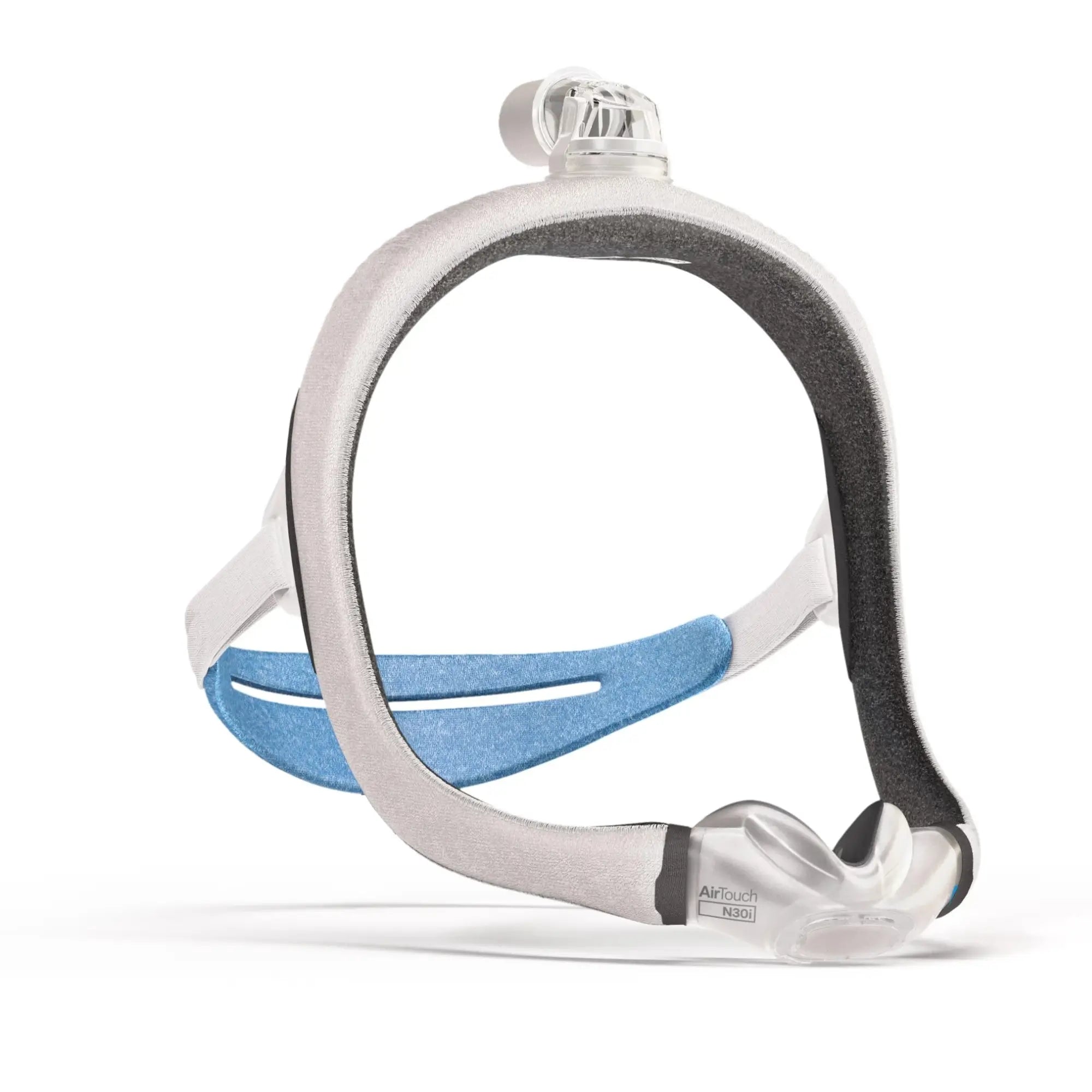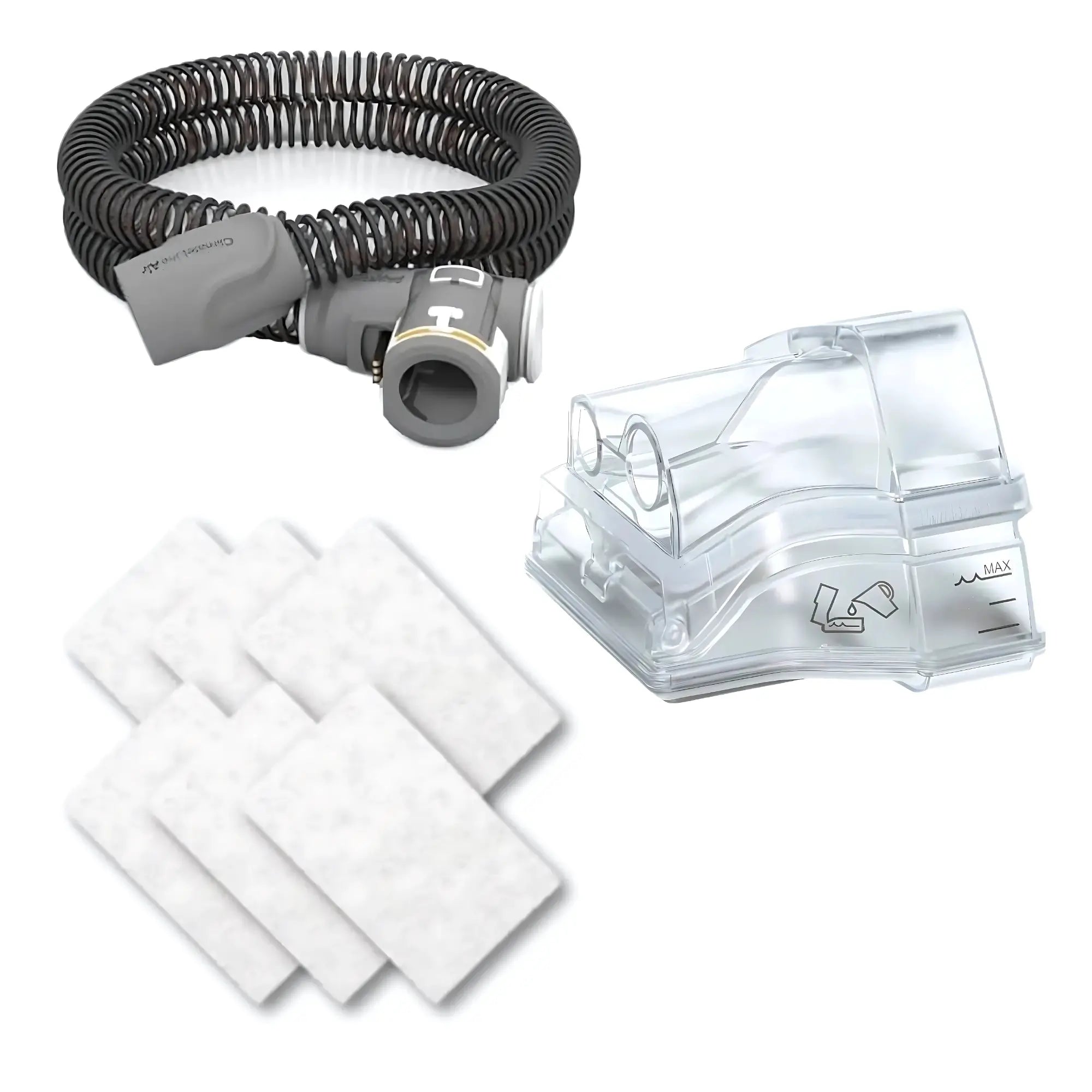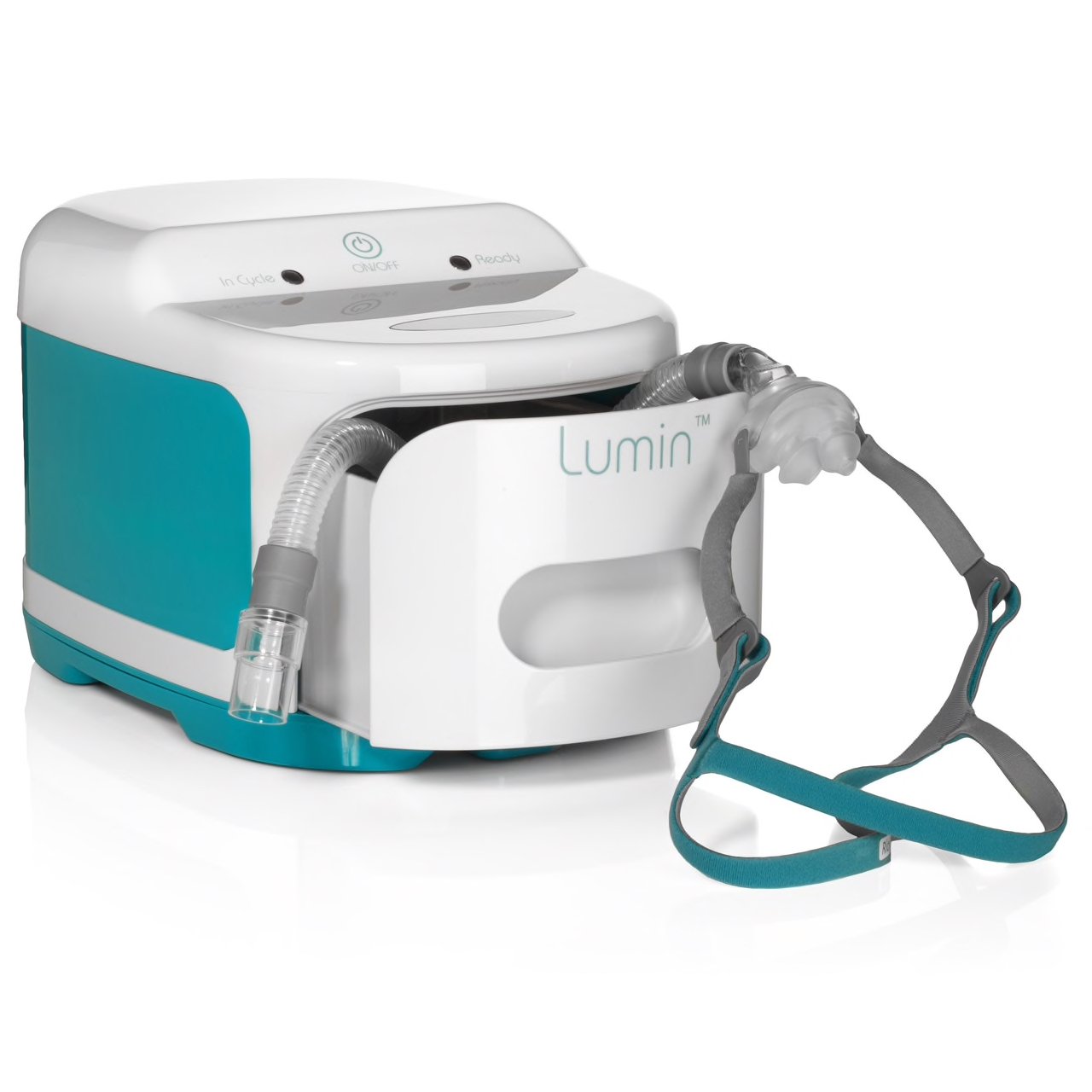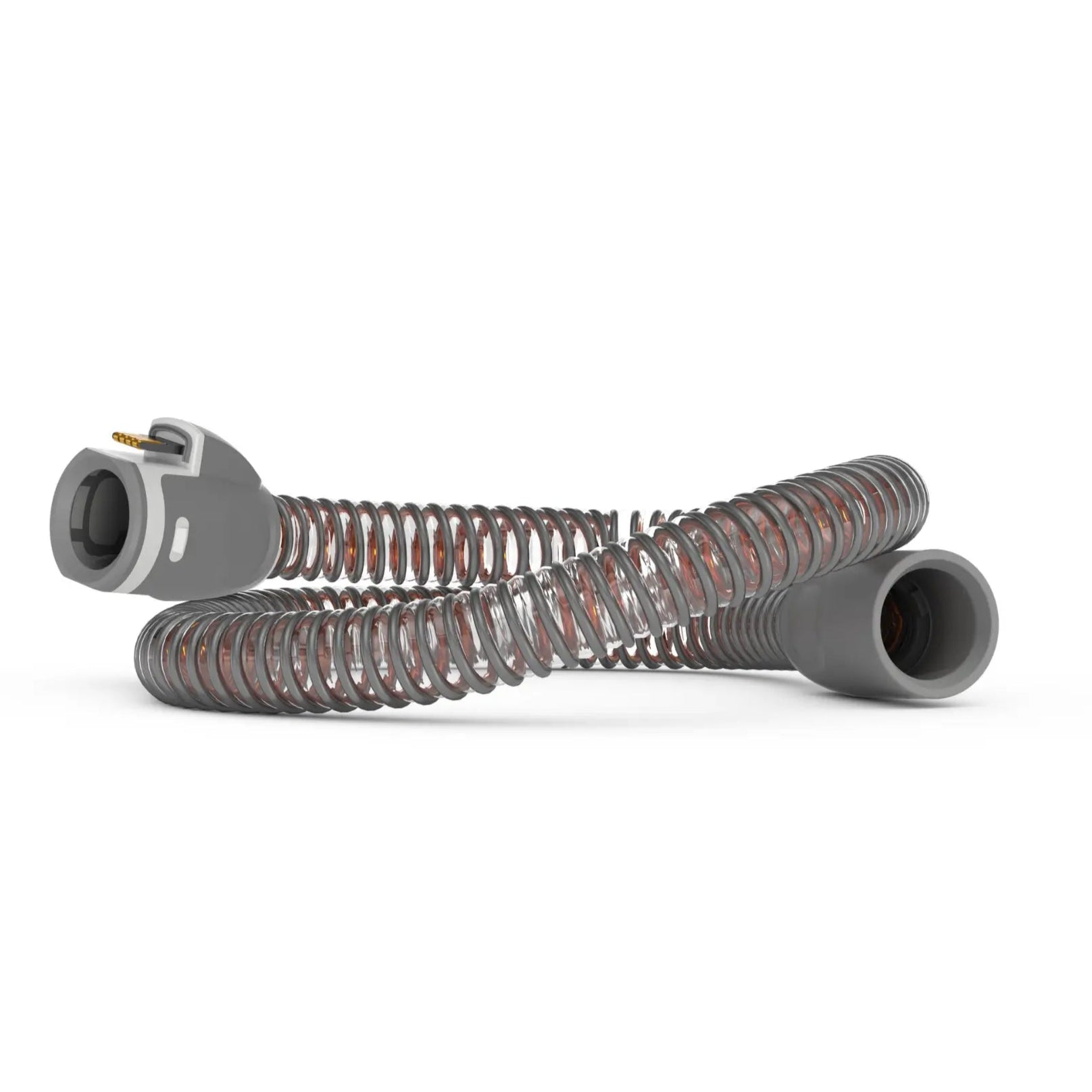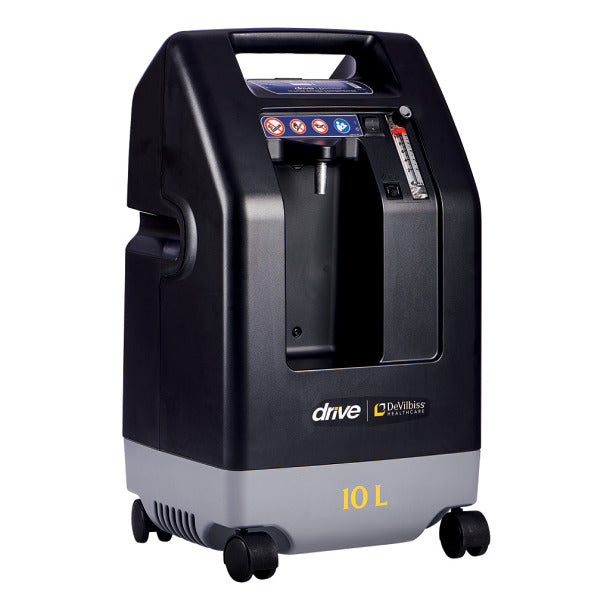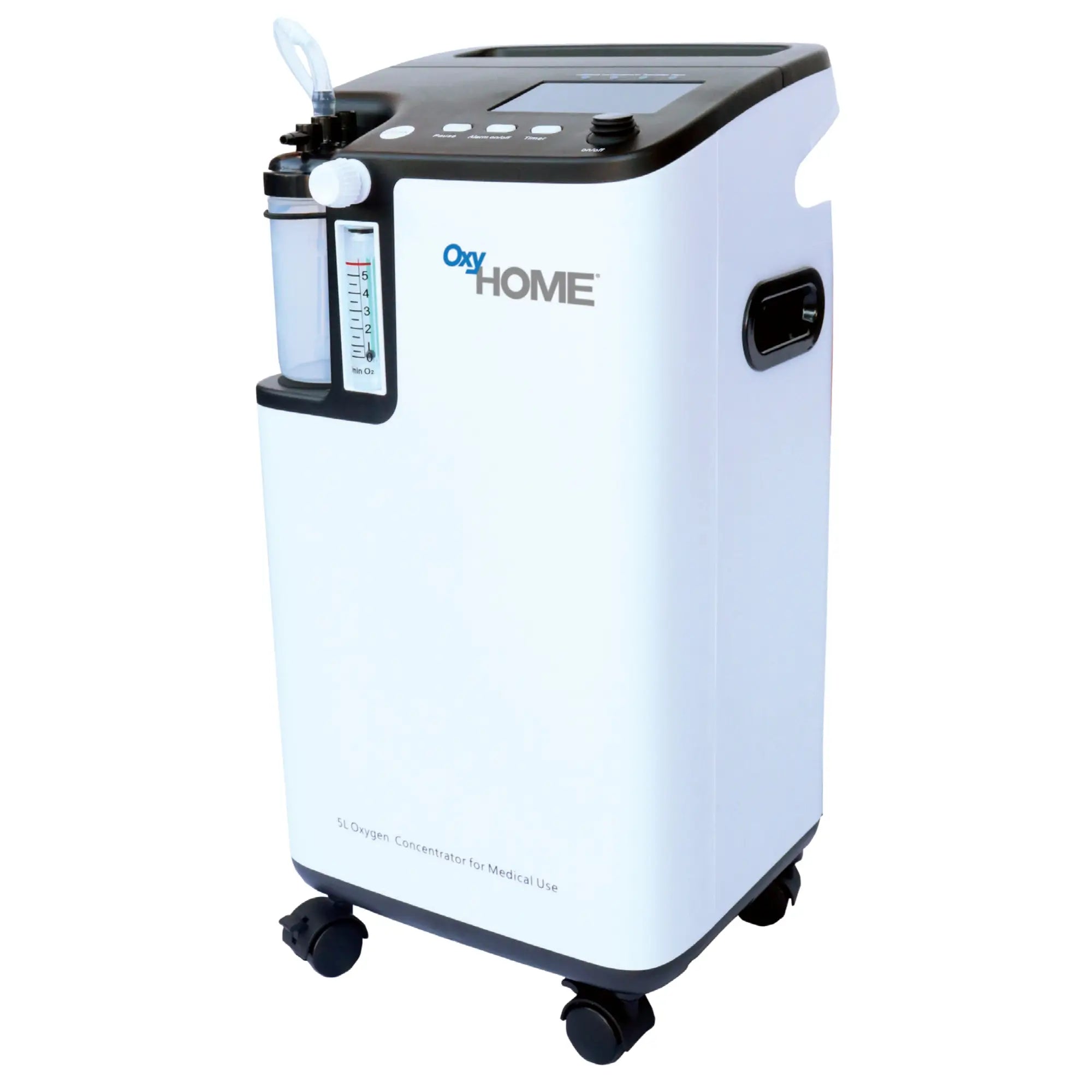For people suffering from Obstructive Sleep Apnea or OSA, a common form of sleep apnea treatment appears to be CPAP therapy. CPAP stands for Continuous Positive Airway Pressure. A person with sleep apnea often finds their airways blocked, causing difficulty in the way they breathe. Through the help of a CPAP machine, the patient has a reliable source of oxygen in their body, entering through the mouth and nose. This prevents their airways from constricting, and they can breathe normally.
These wonderful CPAP machines have various CPAP supplies that need to be replaced from time to time, including the machine itself. If you don’t, dust gathered in the parts could lead the oxygen supplied to the body to be contaminated. So let’s take a look at the machine and its parts and how often you should replace them to keep the oxygen flow healthy.
When Should you Change your CPAP Machine?
The main machine, the CPAP machine itself, usually has a 5-year lifespan. If you have received the CPAP device through your insurance provider or Medicare, you will notice that the time frame to receive a new CPAP machine is usually similar to this. It would ensure your health and safety most of all.
When Should you Change your CPAP Mask Cushions?
The recommended replacement timeline for CPAP cushions is actually every month. The cushion provides a seal, usually made of silicone. The cushion goes through normal wear and tear as it is placed on your face every day, so it gathers facial oils and dirt. You can clean your mask cushion either with a CPAP cleaner like the Soclean, you can wipe it down after each use with a CPAP wipe, or you can use warm water and a gentle cleaner to wash the mask cushion.
Cleaning the cushions regularly would reduce how often you would need to change them. If you don’t often clean, though, it is best to replace it every month. If you do not replace the cushion, you may see some discoloration, and the seal of the cushion will be compromised, causing air leaks.
When Should you Change your CPAP Filters?
The recommended time frame for replacing your CPAP filters is twice a month. This would mean every 30 days. You should find out which filters your CPAP machine needs, whether disposable filters or washable filters. There are also hypoallergenic filters that help filter out allergens that can cause irritation. The air filters play a huge part in keeping your respiratory health in top shape.
If the filters aren’t clean, they might catch bacteria found in the air. These bacteria may build up in the respiratory system as the filters aren’t working properly due to how dirty they are. This is why scheduled replacement of CPAP filters is a must.
When Should you Change your CPAP Mask Frames?
You can replace the mask frames of your CPAP machine somewhere from 3 to 6 months. It mainly depends on how clean you have been keeping the frames. If you have been taking regular care of them, you can replace them somewhere around the 3-6 month mark.
The work of the CPAP mask frame is to form a connection between the headgear and the mask cushion. So it touches parts of your face. As that is the case, it is best that they are cleaned weekly and then replaced somewhere between 3 to and 6-month cycle.
When Should you Change your CPAP Tubing?
Like CPAP frames, you should also replace CPAP tubing from around 3 to 6 months after you first used it. The CPAP tubing is a hose through which air flows from the machine to the mask, entering your mouth or nose. The CPAP tubing should be washed at least once a week with warm soapy water and a gentle cleanser like Dawn dish soap, and it should be hung up to dry away from direct sunlight.
When Should you Change your CPAP Headgear?
CPAP headgear is the part that covers the top of your head. It is connected with the mask and keeps it secured in place. Unfortunately, the material happens to be flexible and soft, and scratches a lot. This means that if they are not replaced over time, they can be torn or the elasticity is gone, so it does not fit your head properly. The recommended time frame within which you should replace your CPAP headgear is 6 months. Any more than that, and there is a good chance the headgear can get stretched beyond comfort.
When Should you Change your CPAP Chinstrap?
Replacing the CPAP chinstrap after every 6 months is enough. Similar to the headgear, it is another form of support for the mask. It covers your chin and helps keep the mouth closed for CPAP users who instead intake the oxygen-filled air through the nose.
It does touch a part of your chin, which can lead to oil gathering in the chinstrap. Regularly cleaning it should fix the problem, though. The main reason why you should replace the chinstrap is similar to the headgear. Since it is attached to your chin, movements can stretch it over time, causing the chinstrap to lose effectiveness.

When Should you Change your Heated Humidifier Chamber?
The humidifier water chamber should be replaced every 6 months without fail. In general, the humidifier should only have distilled water in it. If it does not, you risk contaminating the humidifier with minerals and bacteria that may be harmful to you. So clean the humidifier as often as you can and when the time comes, replace it. Even if you think the humidifier is in good condition, new equipment will ensure the good health of all the components of the CPAP machine.
When Should you Change your CPAP Mask?
CPAP masks should be replaced every 6 months according to general guidelines, regardless of the type. There are a total of three types of masks. These are:
Full Face Mask
This type of CPAP mask usually looks like a triangle. It covers both your nose and mouth. If you are the type of person whose mouth accidentally opens while sleeping, this is the kind of mask you are most likely to be prescribed.

Nasal Mask
This type of mask uses nasal cushions that go over or cradle your nose. If you move from one side to another a lot, this type of mask is for the best. You don’t accidentally end up putting pressure on your mask from the side this way. The air pressure provided by the nasal mask may appear to be stronger than the pressure provided by the full face mask since it is being concentrated on only your nose.

Nasal Pillow Mask
Nasal pillow masks have 2 prongs that go directly inside your nostrils. This mask is ideal for those who like their face unobstructed. If you wear glasses, this kind of mask lets you wear them without any problem.

How Does Replacing Your CPAP Equipment Benefit You?
1. Peaceful Sleep
When you first start CPAP therapy, you will notice you are sleeping better than before. However, as your CPAP machine parts wear down over time, it would cause a problem in how you sleep. You will find out that you are not getting proper sleep like before. So, replacing those parts is better for your sleep schedule and overall health.
2. Peace of Mind
Replacing your CPAP equipment will give you peace of mind knowing that you are receiving the optimal therapy every night. Sticking to a replacement schedule will help you keep track of what needs to be replaced and when.
3. Better Mood
If you stick to a regular replacement schedule, you will get the most out of your CPAP therapy. If you are getting the most out of your CPAP therapy, you will be in a better mood since you are rested.
Final Thoughts
Sticking the a replacement schedule and making sure your CPAP equipment is clean can go a long way
Make it a point to replace the CPAP equipment on time. Also, consult your doctor on how often you should replace the parts to be sure.


